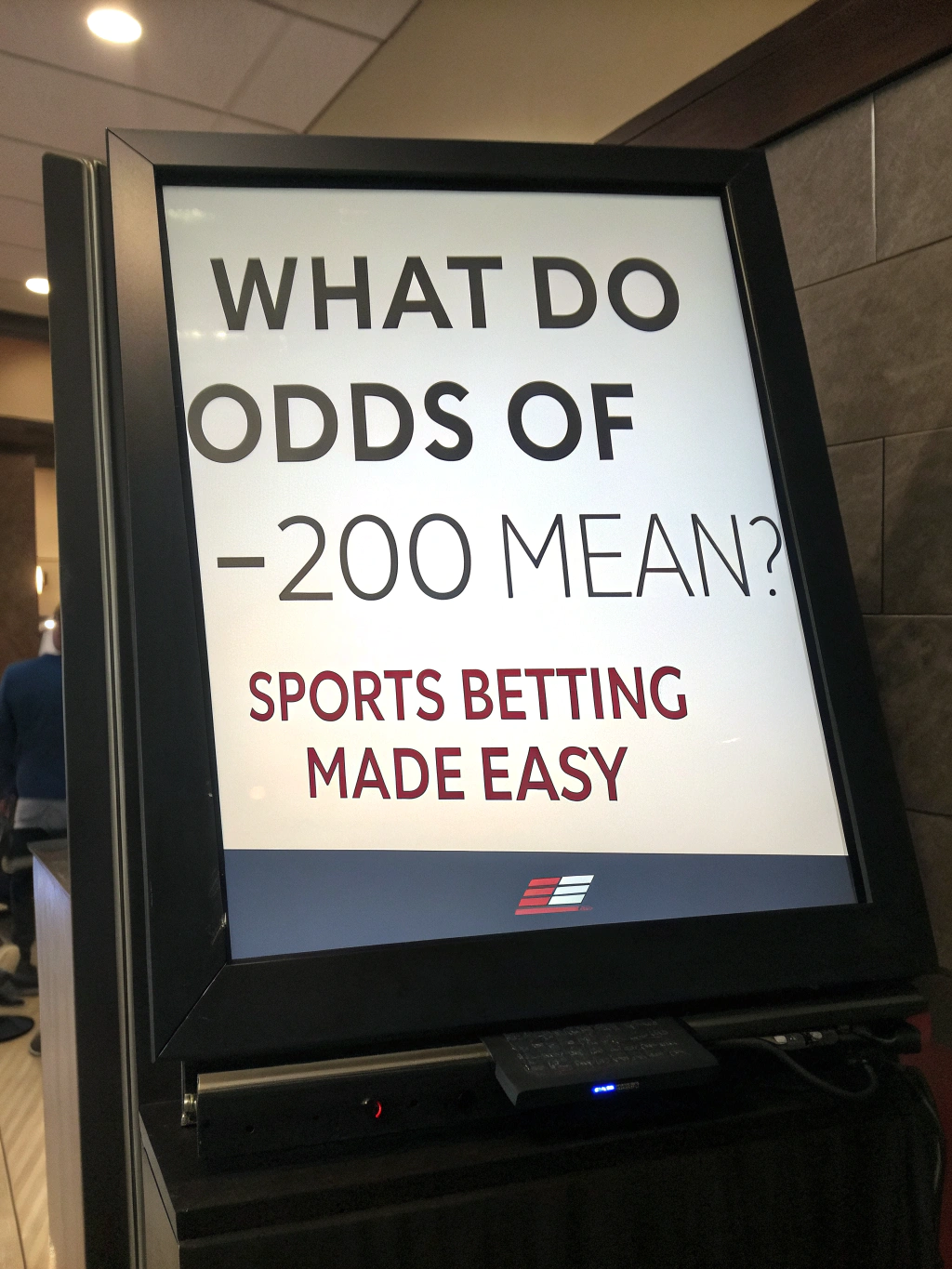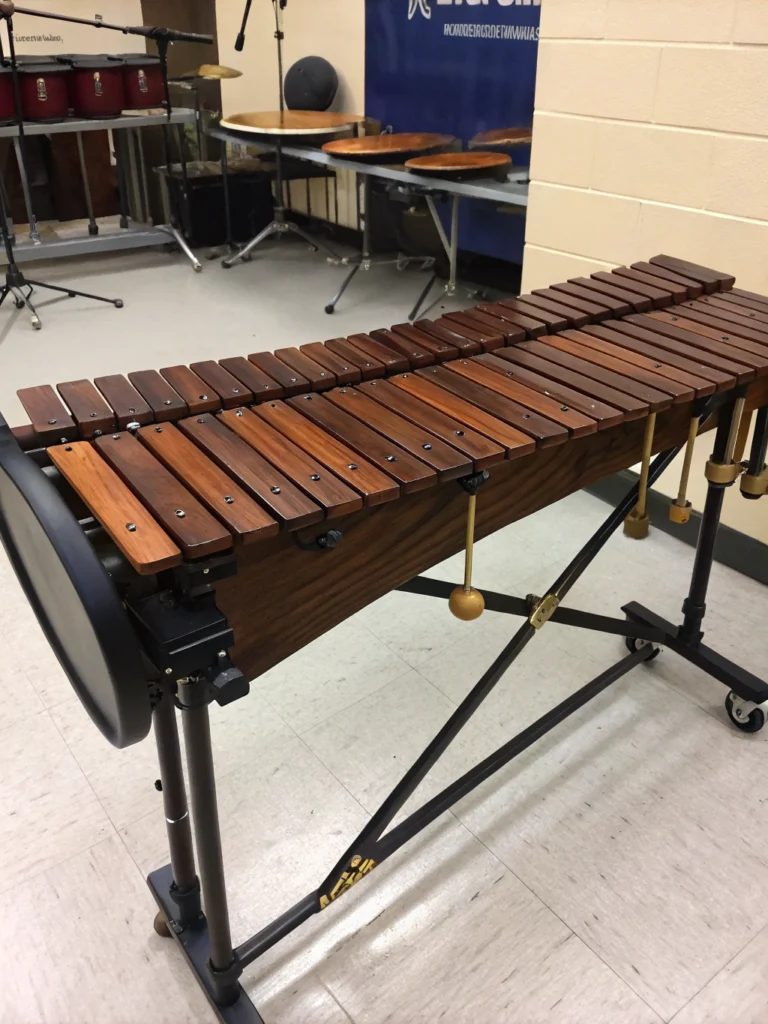What Do Odds of -200 Mean? Sports Betting Made Easy
Table of Contents
Introduction
Did you know that over $150 billion is wagered on sports in the United States each year, yet nearly 70% of casual bettors don’t fully understand the odds they’re betting on? If you’ve ever looked at a betting line and wondered why there are negative numbers like -200, you’re not alone. The world of sports betting has its own language, and deciphering these symbols is the first step to making informed wagers. What do odds of -200 mean for your potential winnings and the implied probability of an outcome? Let’s break it down in simple terms so you can bet with confidence rather than confusion.
Key Information Snapshot
Here’s what you need to know about -200 odds at a glance:
- -200 odds indicate a favorite in American odds format
- You must bet $200 to win $100 (plus your original stake back)
- These odds represent an implied probability of 66.7%
- Negative odds = favorites, positive odds = underdogs
- -200 is considered a “moderate favorite” in betting circles
Detailed Explanation
Understanding American Odds Basics
When you see -200 odds, you’re looking at what’s called “American odds” or “moneyline odds.” In this system, negative numbers indicate favorites, while positive numbers represent underdogs. The negative number tells you how much you need to bet to win $100, while positive numbers show how much you’d win on a $100 bet.
What -200 Actually Means
When a team or player has odds of -200, they’re considered the favorite to win. The -200 specifically means you need to bet $200 to win $100 in profit (plus your original $200 back). So if you place a successful $200 bet at -200 odds, you’ll receive a total of $300 back – your original $200 plus $100 in winnings.
Calculating Implied Probability
Bookmakers set odds based on their assessment of the likelihood an outcome will occur. For negative odds like -200, the implied probability is:
Implied Probability = Negative Odds / (Negative Odds + 100) × 100%
For -200 odds: 200 / (200 + 100) × 100% = 66.7%
This means bookmakers believe there’s about a 66.7% chance this team or player will win, which explains why you have to risk more to win less – you’re betting on what’s considered a relatively safe outcome.
Related Facts or Tips
Did you know? The favorite doesn’t always win! In the NFL, favorites with -200 odds win approximately 65-70% of the time, which closely aligns with the implied probability.
Tip: Many professional bettors avoid heavy favorites (odds of -200 or higher) because the risk often outweighs the reward over the long term.
Did you know? What does mean in gambling can vary by country. While Americans use the moneyline format (-200), Europeans typically use decimal odds (1.50) and the British prefer fractional odds (1/2).
Common Questions (FAQs)
Is betting on -200 odds worth it?
It depends on your betting strategy. While -200 favorites win approximately two-thirds of the time, you’re risking $200 to win $100. Consider whether you believe the true probability of winning exceeds the implied 66.7% to determine if it offers value.
How much would I win betting $50 on -200 odds?
With a $50 bet at -200 odds, you would win $25 in profit (plus your original $50 back). The formula is: (Bet Amount / Odds) × 100 = Profit. So ($50 / 200) × 100 = $25.
Why do bookmakers use negative odds?
Negative odds provide a standardized way to indicate favorites and quickly communicate how much you need to risk for a specific return. They also include the bookmaker’s margin, ensuring they maintain a profit regardless of outcome.
How do -200 odds compare to +200 odds?
They represent opposite sides of probability. With -200, you bet $200 to win $100 (favorite with 66.7% implied probability), while +200 means you bet $100 to win $200 (underdog with 33.3% implied probability).
Practical Applications
Finding Value in -200 Bets
When considering a -200 favorite, always ask yourself: “Do I believe this team has greater than a 66.7% chance of winning?” If your assessment suggests they win more often than that, there might be value despite the seemingly low payout.
For example, if you analyze an upcoming baseball game and determine that a dominant pitcher gives his team a 75% chance of winning (but the odds are only -200 or 66.7%), this represents a valuable betting opportunity.
Building Parlays With Favorites
Some bettors use -200 favorites as “parlay pieces” – combining multiple favorites to create a higher potential payout. While this increases your potential return, remember that each additional leg decreases your overall chances of winning.
Mistakes to Avoid
Betting too much on “sure things” – Even heavy favorites lose approximately 1 out of 3 times at -200 odds.
Ignoring the vig (bookmaker’s fee) – Remember that -200 odds already include the bookmaker’s profit margin, so the true probability might be closer to 64% rather than 66.7%.
Chasing losses with big favorites – Doubling down on -200 favorites to recover previous losses can quickly lead to depleted bankrolls when upsets occur.
Not shopping for the best lines – The same bet might be -190 at one sportsbook and -210 at another, significantly affecting your potential return.
Conclusion
Understanding what -200 odds mean is fundamental to making informed betting decisions. These odds tell you you’re betting on a moderate favorite with an implied 66.7% chance of winning, requiring a $200 wager to win $100 in profit. By calculating the true value, comparing the implied probability to your own assessment, and avoiding common mistakes, you can use this knowledge to make smarter betting choices.
Have you had success betting on favorites, or do you prefer the higher payouts that come with underdogs? Share your experiences in the comments below, and check out our related guides on reading other betting odds formats!






